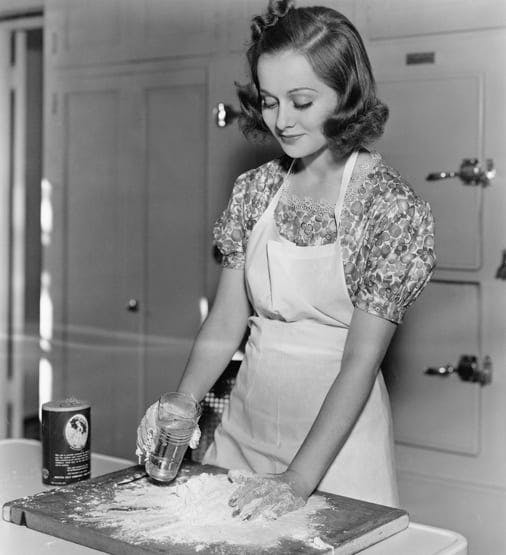What happens when steadfast values like trust and loyalty collide with business? You get one of Australia’s most enduring family-run businesses.
Trading since 1852, McKenzie’s is a brand that Australian’s recognise.
The navy banner with the family name emblazoned in nostalgic font is instantly recognisable – just about every pantry in the land seems to contain that iconic box of bi-carb.
Why has this now fifth generationfood-staple manufacturer survived, even flourished, when so many others have long-since shut their doors?
Marketing manager Melissa Clayton told Dynamic Business it comes down to savvy management, and an unwavering commitment to loyalty and ‘family values’.
“In terms of running the business and the day-to-day stuff, having these strong values really means our management are so approachable, new ideas are looked at, you can just walk in the door and have a chat about anything, regardless of where you sit within the company. It allows that, and you don’t have to go through all these channels and processes, it’s more ‘look just come in and have a chat about it regardless of who you are’,” Clayton said.
“In a lot of companies you tend to have your office staff, and your factory staff as somewhat separate. We do everything together,” she added.
The same family runs the company to this day. Since beginning as a grain store in Melbourne, the Ward family has seen the business through the great depression, wars, and several recessions. Nearly going under in the 1960s, Ward’s acquired McKenzie’s – a similar food manufacturer which has been operating since the same period.
Breathing new life into the company, the business has since 1967 traded as Ward, McKenzie Pty Ltd – known on the majority of its branding simply as McKenzie’s.
The company’s future depended on keeping pace with technology, and a decade on from its merger, it moved to a modern, purpose-built premises in Altona, Victoria, where it stands to this day.
Clayton said the company is managing its transition into the digital age and 21st century marketing, by capitalising on its brand longevity.
“Being such an established brand, we tend to have an older customer base. So it’s about trying to bring that younger demographic into the brand as well,” Clayton said.
“What we’ve been doing is using things like free recipe books and other marketing collateral to do that. So targeting things like Facebook and other social media to give these resources to the younger market as well,” Clayton added.

